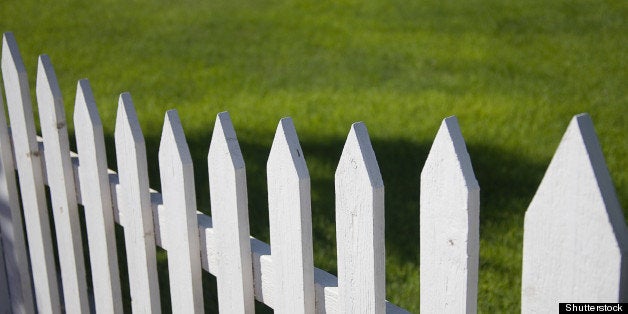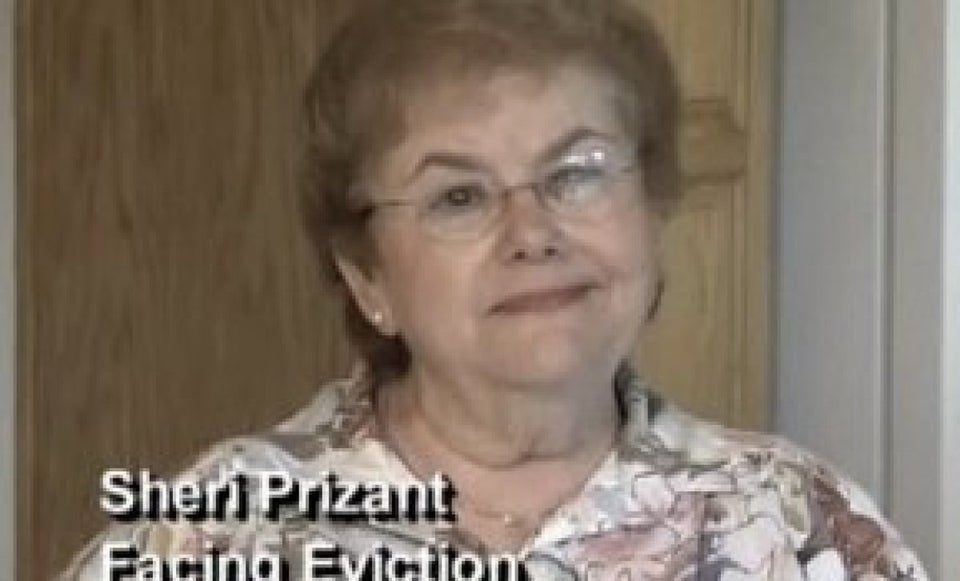
Despite America's myriad beliefs and customs, one, the proverbial American Dream, seems to maintain its significance across cultural lines, Better Homes and Gardens 2013 real estate survey reveals.
In its poll of 1,200 Americans -- 400 Caucasians, 400 African Americans and 400 Hispanic Americans over the age of 18 -- researchers found that ethnic groups are far more alike than different when it comes to their perceptions and behaviors surrounding the home buying process. Each group surveyed views homeownership as an overarching lifelong goal, the survey says, and all see it as the biggest indicator of status.
According to Better Homes and Gardens, 78 percent of Hispanics, 74 percent of African Americans and 56 percent of Caucasians believe their children or future children will have a home of their own before the age they did, and perhaps an even bigger one (with 90, 83, and 73 percent believing so, respectively).
But despite their optimism, challenges to homeownership persist for minority groups.
In recent years, homeownership rates have dropped sharply, more so for Hispanic and black households than for white non-Hispanics, a report by the Bipartisan Policy Center, a Washington think tank found last year.
According to the report, homeownership rate among blacks trails that of whites by nearly 28 percent, dealing a devastating blow to black wealth in turn.
And while the Housing and Urban Development Act has authorized subsidized mortgages for low-income homebuyers since 1968, policies aimed at protecting such borrowers are threatening to undo solid progress in this area, The Fiscal Times reported earlier this year.
Quoting a November 2012 speech by Fed Chief Ben Bernanke, the Times notes:
“Most or all of the hard-won gains in homeownership made by low-income and minority communities in the past 15 years or so have been reversed ... Data from the Census Bureau show that, over the period from 2004 to 2012, the homeownership rate fell about 5 percentage points for African Americans, compared with about 2 percentage points for other groups.” All this while the Federal Reserve is spending $40 billion a month to keep mortgage rates low and affordable. Nothing is affordable if credit is out of reach.
For those who managed to achieve the dream of homeownership by way of discriminatory lending practices, foreclosures have been a leading cause for concern, Voxxi contributor Susana G Baumann points out.
“These communities have made great strides in economic achievement. Now, they are losing it all,” Norma P. Garcia, a senior attorney who manages the Financial Services Program for Consumers Union, the policy and advocacy division of Consumer Reports magazine, told Voxxi.
To turn the tide, the National Mortgage Settlement -- a $25 billion comprehensive servicing settlement established between five major banks, 49 state attorneys general and federal enforcement officials after investigations into unfair foreclosure practices -- is going to be the key, Garcia notes.
But "the NMS only has a three-year shelf life," she explains. "Which means, it expires if states do not take action. If states want to protect homeowners and prevent an additional number of foreclosures, they need to add the longevity to the settlement."
In Florida, for example, the state which leads the nation in vacant foreclosures, according to Voxxi, Gov. Rick Scott approved use of the settlement Tuesday.
